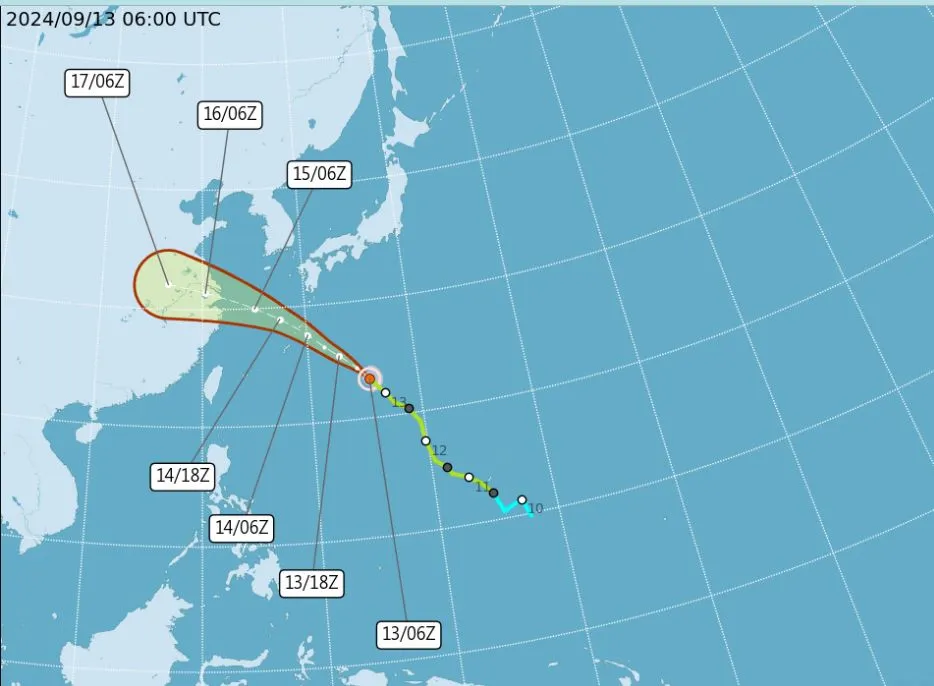Artificial Intelligence Revolutionizes Weather Forecasting for Bebinca in Taiwan

AI Transforms Weather Forecasting
As tropical storm Bebinca barrels towards northern Taiwan, forecasters are increasingly relying on artificial intelligence to enhance the accuracy of their predictions. The integration of AI methods, notably through software from tech giants like Nvidia and Google, has significantly improved the forecasting capabilities compared to traditional prediction models.
Enhancing Prediction Accuracy
In recent operations, AI systems have outperformed conventional models during significant weather events, such as Typhoon Gaemi. The advancements brought by these AI tools allow forecasters to predict typhoon tracks with remarkable accuracy, thereby enhancing preparedness and response efforts.
- Leading AI Weather Tools include:
- Nvidia's FourCastNet
- Google's GraphCast
- Huawei's Pangu-Weather
Future Implications and Challenges
Despite the promising results, experts urge caution as the technology develops. Current AI models excel in tracking storm paths but face challenges in accurately predicting critical typhoon attributes like wind strength.
As collaboration continues with leading tech companies, there remains hope that artificial intelligence will further enhance weather forecasting capabilities for future storm events in Taiwan and beyond.
This article was prepared using information from open sources in accordance with the principles of Ethical Policy. The editorial team is not responsible for absolute accuracy, as it relies on data from the sources referenced.